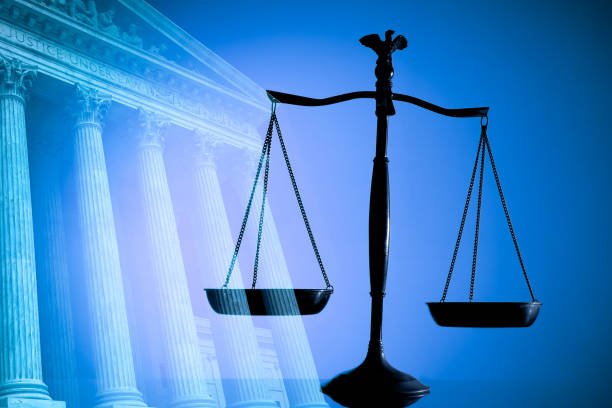Introduction:
In the grand hierarchy of the legal system, the Supreme Court stands tall as the ultimate arbiter of justice, with the power to interpret and shape the laws that govern our society. Within this expansive purview, the law of theft occupies a significant space, encapsulating a wide array of offenses that strike at the heart of personal property rights. This article explores the Supreme Court’s role in navigating the intricate web of laws surrounding theft, emphasizing its authority in upholding justice and ensuring a fair legal landscape.
Understanding the Law of Theft:
Theft, in its various manifestations, is a crime that has persisted throughout human history. From petty larceny to grand theft, the law of theft encompasses offenses that involve the unlawful taking of another person’s property with the intent to permanently deprive them of it. The legal framework surrounding theft is both complex and multifaceted, requiring a judicious application of the law to address the nuances of each case.
The Supreme Court’s Authority:
The Supreme Court, as the apex legal authority, wields significant power in shaping the jurisprudence surrounding theft. Its role extends beyond merely hearing individual cases; it involves interpreting statutes, establishing legal principles, and providing guidance to lower courts. The court’s decisions have a profound impact on the legal landscape, setting the tone for how theft cases are adjudicated throughout the country.
1. **Constitutional Interpretation:**
The Supreme Court plays a crucial role in interpreting the constitutional aspects of theft laws. This includes ensuring that statutes related to theft align with constitutional principles, such as due process and equal protection. The court’s decisions in cases involving theft contribute to the evolution of constitutional interpretations that shape the broader legal framework.
2. **Defining Legal Standards:**
Through its decisions, the Supreme Court helps define legal standards for proving theft. This includes clarifying elements such as intent, ownership, and the value of the stolen property. By establishing clear legal standards, the court ensures that lower courts and legal practitioners have a solid foundation for addressing theft cases consistently.
3. **Ensuring Procedural Fairness:**
The Supreme Court is a guardian of procedural fairness in legal proceedings. In theft cases, this involves ensuring that defendants receive a fair trial, with adequate legal representation and a transparent legal process. By upholding procedural fairness, the court reinforces the principle that justice must not only be done but must also be seen to be done.
4. **Evolution with Technological Advances:**
Theft has adapted to modern technologies, with cybercrime becoming a significant concern. The Supreme Court must navigate the evolving landscape of theft in the digital age, addressing novel legal questions and setting precedents for cases involving virtual property, identity theft, and other technologically mediated offenses.
Conclusion:
In the pursuit of justice, the Supreme Court stands as the ultimate authority in navigating the complex terrain of theft laws. Its role in constitutional interpretation, defining legal standards, ensuring procedural fairness, and addressing emerging challenges reflects the court’s commitment to upholding the rule of law. As society evolves, so too must the Supreme Court, adapting its interpretations to meet the demands of a changing world while steadfastly maintaining the principles that underpin the law of theft. In doing so, the court continues to be a beacon of justice, ensuring that the law serves as a powerful instrument in the fight against theft and the protection of individual property rights.
